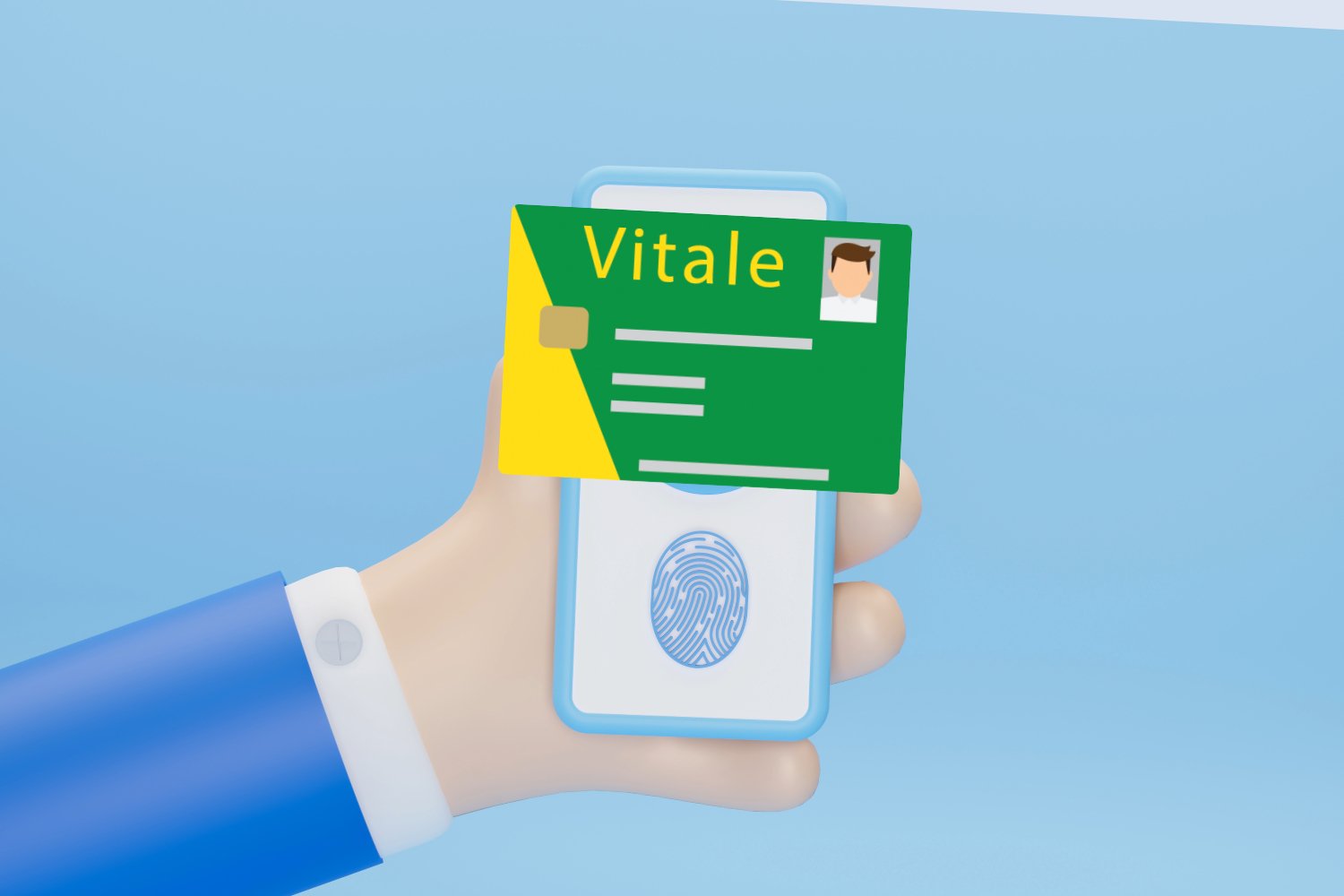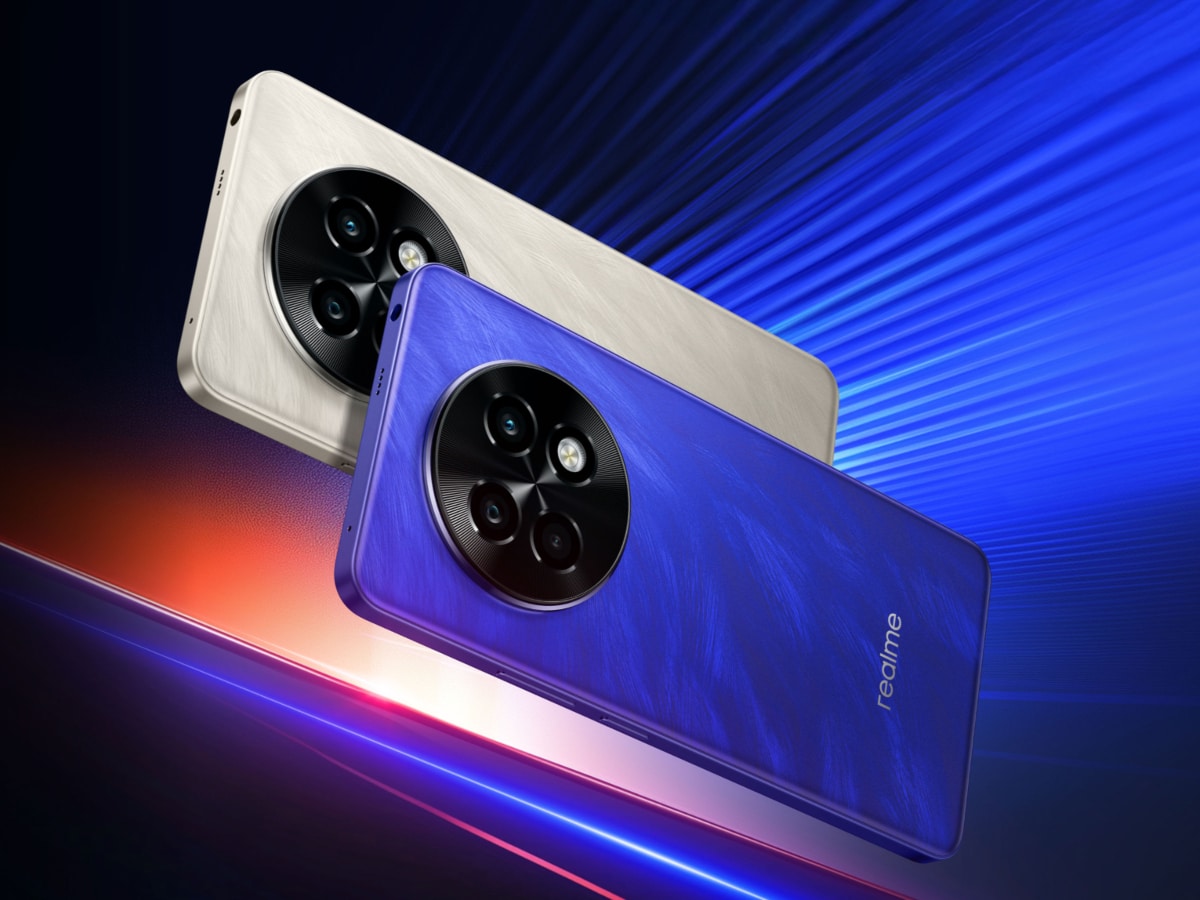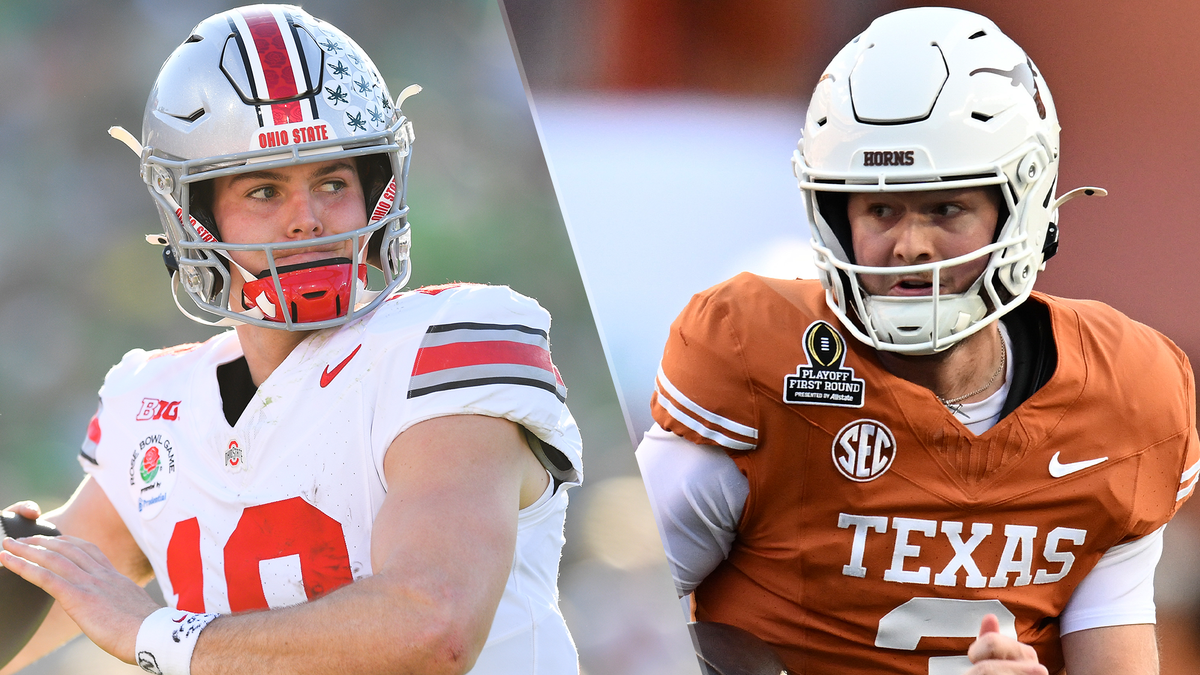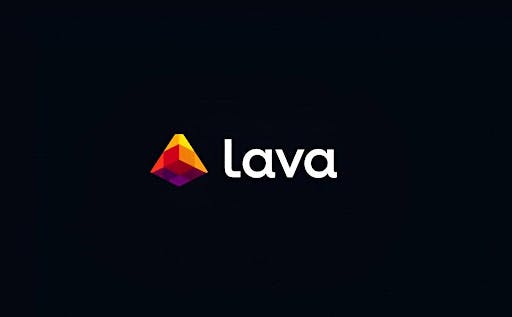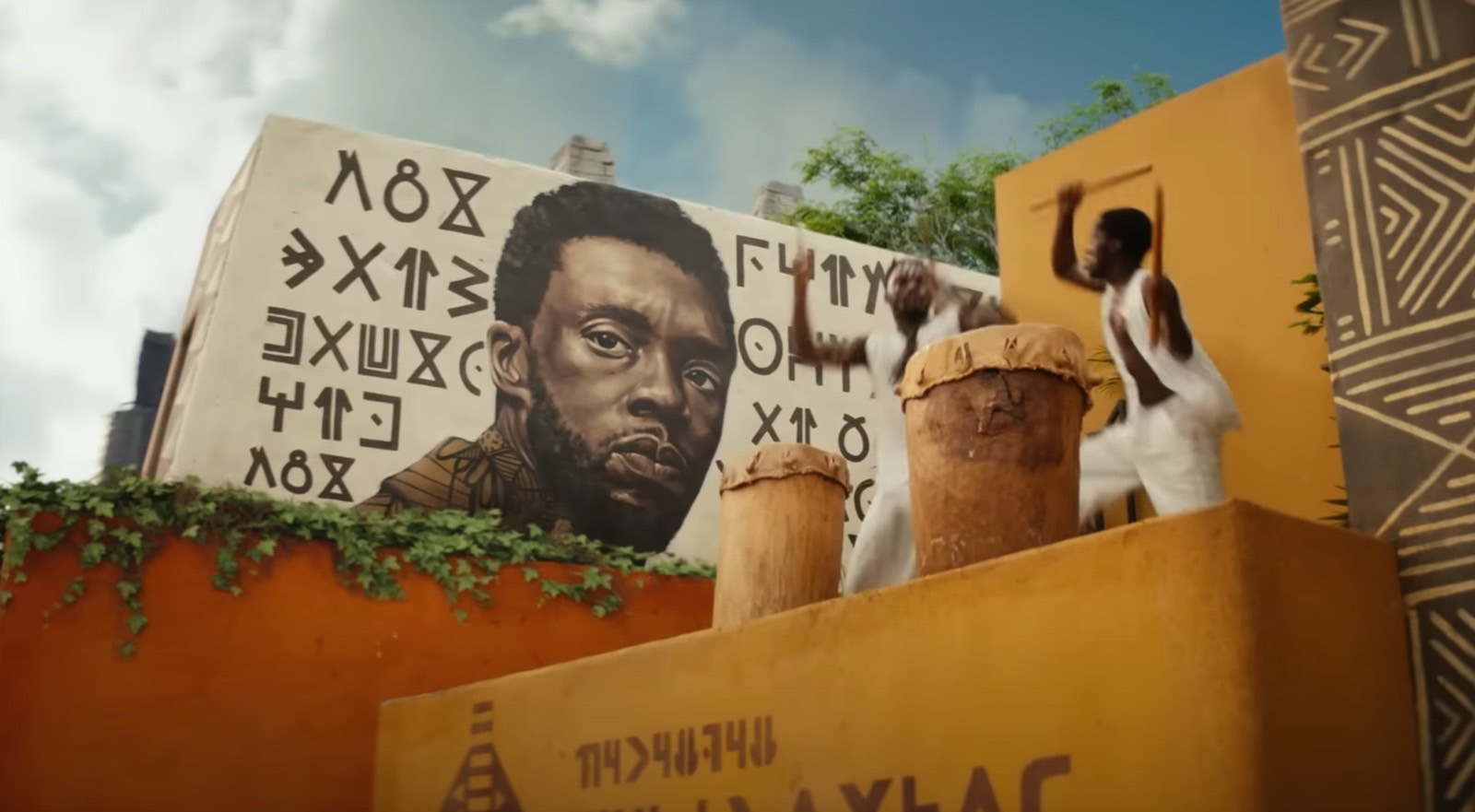Ratan Tata, who has died aged 86, was one of India’s most internationally recognized business leaders.
The tycoon led the Tata Group – known as a salt-to-software conglomerate of more than 100 companies, employing some 660,000 people – for more than two decades. Annual revenues are over $100 billion (£76.5 billion).
The 155-year-old Tata Group, founded by Jamsetji Tata, a pioneer of Indian business, spans a business empire ranging from Jaguar Land Rover and Tata Steel to aviation and salt pans.
The company’s ethos “links capitalism with philanthropy, doing business in ways that make the lives of others better,” said Peter Casey, author of The Story of Tata, an authorized book about the group.
Tata Sons, the group’s holding company, has a “number of companies, including private and listed companies, but essentially they are all owned by a philanthropic trust,” he explains.
Ratan Tata was born in 1937 into a traditional Parsi family – a highly educated and affluent community that traces its ancestry to Zoroastrian refugees in India. His parents separated in the 1940s.


Tata went to college in the US, where he earned a degree in architecture from Cornell University. During his seven-year stay, he learned to drive and fly. He had some harrowing experiences: he once lost an engine while flying a helicopter in college and twice lost the single engine in his plane. “So I had to slide in,” he told an interviewer. Later he often flew on his company’s corporate jet.
He returned to India in 1962 when his grandmother Lady Navajbai fell ill and called him. It was then that JRD Tata – a relative from another branch of the family – asked him to join the Tata Group. “He (JRD Tata) was my biggest mentor… he was like a father and a brother to me – and not enough is said about that,” Tata told an interviewer.
Ratan Tata was sent to a company steel mill in Jamshedpur in eastern India, where he spent a few years on the factory floor before becoming a technical assistant to the manager. In the early 1970s he took over two ailing group companies, one making radios and televisions and the other textiles. He managed to reverse the first and had mixed results with the textile company.
In 1991, JRD Tata, who had led the group for more than half a century, appointed Ratan Tata as his successor from senior corporate aspirants for the position. “If you were to find the publications of that time, the criticism was personal: JRD was bashed with nepotism and I was branded as the wrong choice,” Ratan Tata later said.
Peter Casey writes that under Ratan Tata’s leadership, a “large but rather stodgy Indian manufacturer began to emerge as a global brand with a heavy emphasis on consumer goods.”


But the journey was mixed.
During his tenure, the group made many bold acquisitions, including the acquisition of the British-Dutch steel producer Corus and the British car brands Jaguar and Land Rover. Some of those decisions paid off, while others – including a failed telecom venture – cost the company a lot of money.
A high point came in 2000, when Tata bought Tetley and became the second largest tea company in the world. The deal was the largest acquisition of an international brand by an Indian company.
A few years later, a visiting journalist from a British newspaper asked Tata if he liked the irony that an Indian company would buy a leading British brand. “Tata is too smart and shy to be caught gloating about his successes, like a nabob grabbing territory from the East India Company,” the journalist later wrote.
Tata’s attempt to build a safe, affordable car turned out to be a disappointment. It was launched to much fanfare in 2009 as a compact model, with the base model costing just 100,000 rupees ($1,222; £982). But after the initial success and euphoria, the brand started to lose out to other manufacturers due to production and marketing issues.
Tata later said it was a “big mistake to label Nano as the cheapest car in the world. People don’t want to be seen driving the cheapest car in the world!”
His resilience was also tested during the November 26, 2008 Mumbai terror attacks. Tata’s marquee Taj Mahal Palace was one of two luxury hotels attacked, along with a train station, a hospital, a Jewish cultural center and several other targets . in Mumbai.
Thirty-three of the 166 people killed during the 60-hour siege were in the Taj. This included 11 hotel employees, a third of the hotel’s total casualties. Tata promised to care for the families of workers who were killed or injured, and paid the victims’ relatives the salaries they would have earned for the rest of their lives. He also spent more than $1 billion to restore the damaged hotel within 21 months.
Towards the end of his career, Tata became embroiled in an unsavory controversy. In October 2016, he returned to Tata Sons for a few months as interim chairman after the previous incumbent president, Cyrus Mistry, was ousted, leading to a bitter management feud (Mistry died in a car accident in September 2022). The role was eventually given to Natarajan Chandrasekaran, former CEO of Tata Consultancy Services, India’s most valuable company with a market capitalization of $67 billion.
Peter Casey described Tata as a “humble, reserved and even shy man”. He found within him a “stately calm” and a “fierce discipline”, including writing a handwritten to-do list every day. He also described himself as a “bit of an optimist”.
Tata was also a humble and reflective businessman. After police were called in to end a strike that paralyzed operations at one of his company’s factories in Pune in 1989, Tata told reporters, “We may have taken our workers for granted. We assumed we were doing everything we could do for them. , while we probably weren’t.”
In 2009, Tata spoke at an alumni meeting at the school about his dream for his country, “where every Indian has an equal opportunity to shine on merit”.
“In a country like ours,” he said, “you should try to lead by example and not show off your wealth and fame.”


